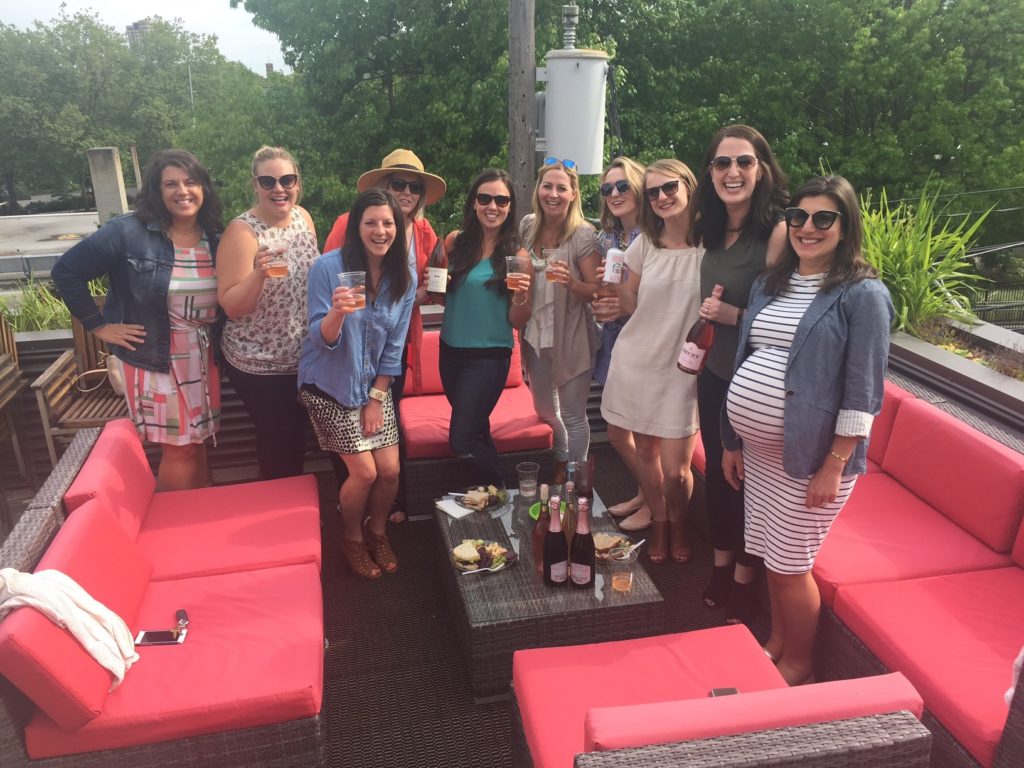An article in the March issue of Marketing NW, written by Rick Stanton (former owner of Stanton and Everybody – now retired) titled Creative – Important No More? got me thinking about the changes in advertising agency structure over the years, and the current process we go through in affecting consumer preference for our client’s products and services.
I got my start in advertising with Cole & Weber (at the time, the largest agency in the Northwest), working with some regional and national powerhouses as clients. While I was there, the agency was run by two creative types… with a total emphasis on creative. If you weren’t a creative working in the creative department, you fit into a totally different category and you learned to like it. Strategies started with the “big idea” (usually created for TV) and clients fawned over the creative product and people who were behind it. It was a good gig for “creative types” – folks who came up with the “big ideas” – and this was the structure for a long time. (Have I used the word “creative” enough?). While Mad Men was a little before my time, the way an advertising agency is portrayed is pretty much what went on at Cole & Weber, and many other agencies. Three martini lunches, smoking at your desk, someone other than your wife on your lap at the 5pm Friday party? Check yes on all those boxes.
Fast forward to the last eight to ten years and we have certainly experienced a lot of changes: more media options, to-market strategies, marketing team structures. And “agencies” are now configured in multiple ways.
- Full-service agencies with folks in-house
- Full-service agencies with plenty of outsourcing to make that happen
- Cross-channel media strategy firms (such as Media Plus)
- Shops that only work in the digital space
- Home offices and “working from home” agency structures
With all of these changes in media options and agency structure, there have been changes in how an agency product is perceived and utilized. There is less fawning over the creative product and folks who produce it. Why?
“More emphasis is put on the broad range of marketing disciplines that result in what we want the consumer to do.”
Because now, more emphasis is put on the broad range of marketing disciplines that result in what we want the consumer to do. Pick your current trendy marketing term – influence, engage, create preference for… Is creative still important? Absolutely. It just enters the marketing funnel (another overused marketing term, sorry) at a different point in the process.
Does it need to be the big idea that lives in television? Maybe, yes. But maybe not. What it needs to be is relevant to the target audience and created for the media they interact with the most. It also must have messages that work the best for these media types, while fitting within budget parameters.
Because of this variance, media strategy has never been more important. Media works collaboratively with clients and creative teams to make sure these pillars are addressed. Silos are definitely old school. And because of this, Media Plus has evolved from a “media buying” firm to a “media strategy” agency. This is also why we see more integration with all media under one roof, and why we try hard to steer clear of outdated terms such as “traditional” vs “digital”.

Everyone is certainly entitled to their opinions. But, things change and change is supposed to be a good thing, right? It’s best that we stop bemoaning how things used to be, and work to be the best in the environment of today and tomorrow. We welcome all of the changes that have occurred in the media and marketing space over the years and while it makes our job more layered, it offers a broader range of clients and budgets the opportunity to attract more customers and sell more products and services. How many times can you go see the Rolling Stones before you might want to discover Ayron Jones, a local favorite of mine?
Gone are the days of the three martini lunches, but there are still the Friday afternoon parties at Media Plus and if the sun is out, they are on the deck of the 160 Roy Street building. If you are in the neighborhood, stop by and join us.


